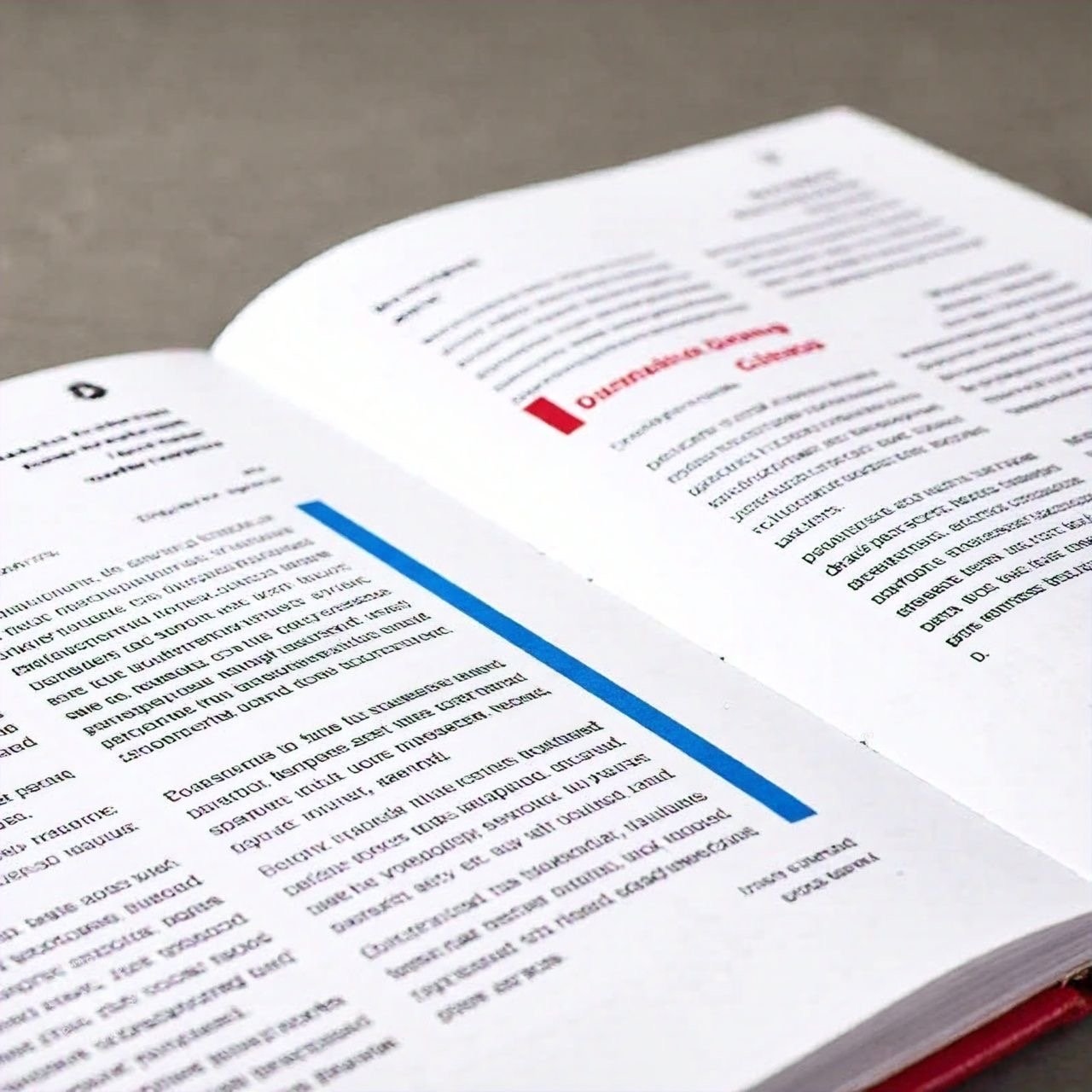A Guide to Fire-Stopping Regulations
When it comes to fire safety, fire stopping plays a valuable role in saving lives and minimising damage during a fire by keeping the flames, smoke and toxic gases from spreading. In this blog, we’ll explore everything you need to know about fire stopping, from its role in preventing fire spread to the regulations and challenges that come with it.
Role of Fire Stopping in Preventing Fire Spread
Imagine a fire breaking out in one room of a building. Without barriers, the flames, smoke and gases would spread quickly, turning the entire structure into a danger zone. Fire stopping prevents this by sealing off compartments, keeping the fire contained to one area. These barriers block flames and smoke, giving people more time to evacuate and minimising damage.
Fire safety training for employees is just as crucial. Employees need to understand evacuation procedures and how fire-stopping systems buy them precious time. With proper training, they’ll be prepared to act quickly, use safe escape routes and assist others.
Fire stopping not only blocks flames but also toxic gases, which are often more dangerous. It protects vital parts of the building and ensures the fire is kept under control, giving everyone a better chance to escape safely.
Understanding Fire-Stopping Regulations
In the UK, Building Regulations outline the fire safety requirements for new construction and renovations. They highlight fire-stopping measures, including what types of materials can be used and how they must be installed.
The aim is to ensure that buildings are designed to prevent fire from spreading across compartments. It provides guidelines on fire-resistant barriers, exits and the overall safety of building occupants.

Materials for Fire Stopping
Different scenarios require different solutions. Here are some of the common materials you’ll find in fire-stopping systems:
- Fire-resistant sealants:
These are often used to close gaps around pipes, cables and ductwork that pass through fire-rated walls or floors. Sealants expand when exposed to heat, sealing off any openings where flames or smoke could pass.
- Fire-resistant boards:
Often used in walls, ceilings, or around structural steelwork, these boards can resist fire for long periods. They create a physical barrier that prevents flames from moving between compartments.
- Mineral wool:
This material is used for both insulation and fire-stopping. It is frequently packed into the gaps around pipes or ducts to prevent the spread of fire and smoke. It’s fire-resistant and has excellent insulating properties, too.
- Intumescent coatings:
These are special paints that expand when exposed to heat. They can be applied to structural elements like beams and columns to protect them from fire. When a fire occurs, the paint expands to create a thick layer that insulates the material underneath from heat.
Read also: Electrical Safety Compliance
Types of Fire-Stopping Measures
There isn’t just one method to stop a fire. In fact, there are several types of fire-stopping measures, each designed to fit a particular need.
- Passive fire protection systems:
These protection systems include fire-resistant walls, ceilings and floors. They don’t require activation—once installed, they simply block fire and smoke from passing through.
- Compartmentation:
This involves dividing a building into separate areas, or “compartments,” which are separated by fire-resistant barriers. These barriers stop the spread of fire from one compartment to another, keeping the flames contained.
- Fire doors:
These are specially designed doors that can withstand fire for a certain period, usually 30 minutes to an hour. They’re an essential part of compartmentation, stopping the fire from spreading through doorways.
- Dampers:
Fire dampers are installed in HVAC systems and shut automatically when a fire is detected. They prevent fire and smoke from travelling through air ducts, which can otherwise act like highways for flames.
- Penetration sealing systems:
Anytime pipes, cables, or other services pass through walls or floors, you need a penetration sealing system. These systems seal the gaps around those services, preventing the fire from travelling through them.
- Training and Awareness:
Fire safety programmes train to identify fire hazards, use fire-stopping equipment, and respond effectively in an emergency. Employees with a fire-stopping certificate help improve the fire preparedness of the workplace.
Fire Stopping Installation and Maintenance
Fire-stopping isn’t just about having suitable materials or systems in place; it’s also about making sure they’re installed correctly and maintained over time. Poor installation is one of the biggest reasons fire-stopping systems fail when they’re needed most. Certified professionals should always carry out the installation. These experts know the regulations, understand the materials and are trained to install fire-stopping systems in a way that complies with safety standards. A general contractor without the right qualifications cannot do this job.
But even the best installation needs maintenance. Fire-stopping systems can degrade over time or be compromised during renovations or repairs. A is crucial after installation or inspection. It proves that the systems in place comply with all the relevant regulations. Having this documentation is also essential for insurance purposes and legal compliance. Routine inspections are essential to ensure these systems are still effective. Inspections should check that all fire-stopping materials are still in place, that no new openings have been created and that any damaged systems are repaired immediately.
Challenges in Fire Stopping
While fire stopping is essential for safety, it’s not without its challenges. One of the most significant issues is improper installation. Even with the suitable materials, if they’re not installed correctly, they won’t work as intended. This is why certification and expertise are so critical. Another challenge is retrofitting older buildings. Many older structures weren’t built with modern fire-stopping requirements in mind. Retrofitting them can be complex and expensive, but it’s necessary to bring the building up to code and ensure occupant safety.
Regulations are constantly evolving as new materials and methods are developed. Keeping up with these changes requires vigilance from building owners, contractors and inspectors alike. Lastly, training employees on fire safety is crucial. Everyone in the building needs to know what to do in the event of a fire and how the fire-stopping measures in place will protect them. Without proper training, even the best fire-stopping systems won’t be enough to save lives.
